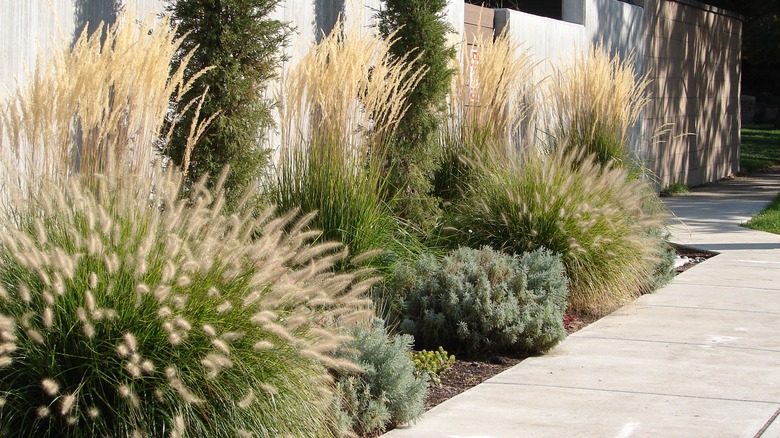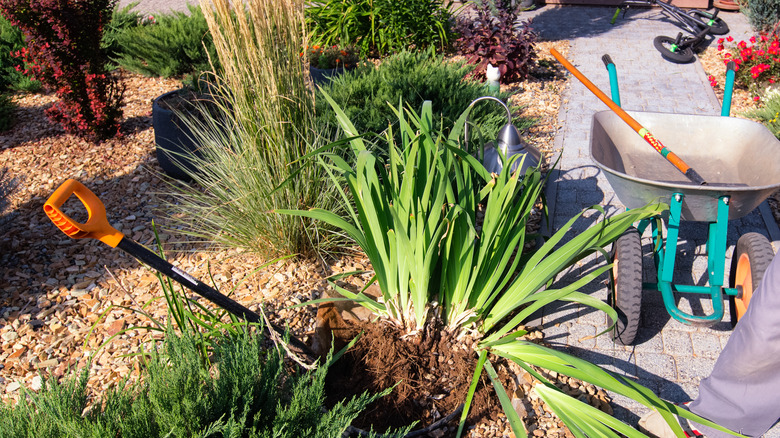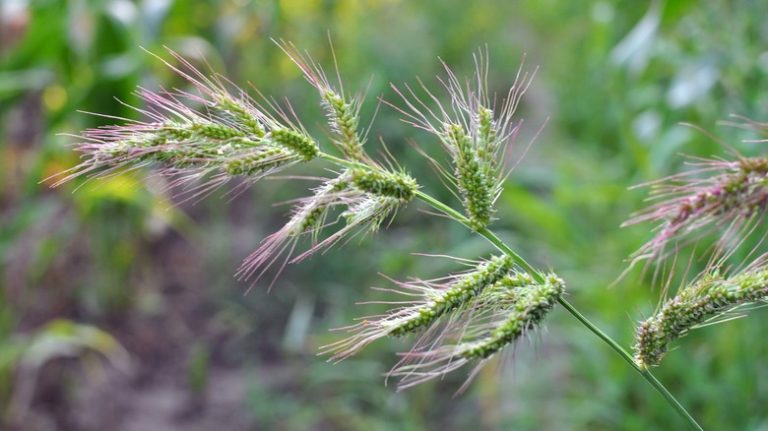Ornamental grasses create a statement whether they line a flowerbed or fill in an open area of your lawn. These sometimes fast-growing grasses may need some attention and care to keep them flourishing, and one of those steps may be to divide the plant. The best time to divide ornamental grass is usually in the spring, but this depends on the specific type you’re considering splitting. Keep in mind that, unless you divide it, the center might start to die out as a natural progression of this plant’s life as the outward blades expand.
It’s possible to divide these plants at other times of the year as well, including into the summer months, as long as the plant is actively growing. If they are in their dormant period, typically in the fall and winter months, dividing them could destroy the plant. The roots wouldn’t be able to grow and establish themselves during this period, virtually cutting them off from their ability to survive.
Before you take a spade to these plants, make sure you consider the type of plant and the conditions in your area carefully. Though most are hardy plants that can handle stress, dividing ornamental grasses properly allows you to turn one plant into numerous stunning additions to other areas of your yard.
The type of ornamental grass matters

Divide ornamental grasses based specifically on the species type for the best results. Warm-season grasses are those that tend to grow at their fastest rate in the later spring and then continue into the summer. They do well in the high heat of summer. If you wish to divide warm-season grasses, do so when they are growing, but avoid doing so when they are flowering in the later portion of the summer (that’s when they’re working their hardest). For the best results, choose a day when the soil is relatively dry during the spring or early summer to divide them.
If you have cool-season ornamental grass, these are growing at their fastest rate, typically in the spring and fall months. You’ll see the most foliage on these during the warmer summer months. You can divide them in the spring for the best results. Fall division is possible, but ensure you’re not close to any freeze as that can stunt and even kill the plant if it doesn’t root before the harsh weather.
A third type of ornamental grass, known as evergreen grasses, is a bit more difficult to divide. That’s because they don’t become dormant like others, and that means you have some limitations on when you can divide them to ensure you’re not taxing them too much. The best time to do so is during the spring months after the risk of frost has passed.
Signs you need to divide ornamental grasses

Dividing ornamental grass is a very healthy and necessary step in supporting the growth of these plants. Take a look at the plant’s center portion. If it seems to be dying back or even has bare sports, that’s an indication that the plant may need to be split. Or, if the center seems very dense and it’s not creating the same level of growth or beauty it once was, it’s time to divide them. With good nutrient-infused soil and ample moisture with proper drainage, it’s possible that struggling ornamental grasses can thrive again.
Another time to divide these grasses is when they have outgrown their area. These grasses will continue to spread as they age, and over time, those in confined landscape beds or containers will run out of room. Creating new, smaller sprays of grass allows you to maintain a manicured look.
The key value of splitting ornamental grass is creating two plants (or more) from one, allowing you to spread the beauty throughout your yard. Dividing is a good way to do this, as long as the plant is healthy and has had at least a year in the ground to establish itself.



